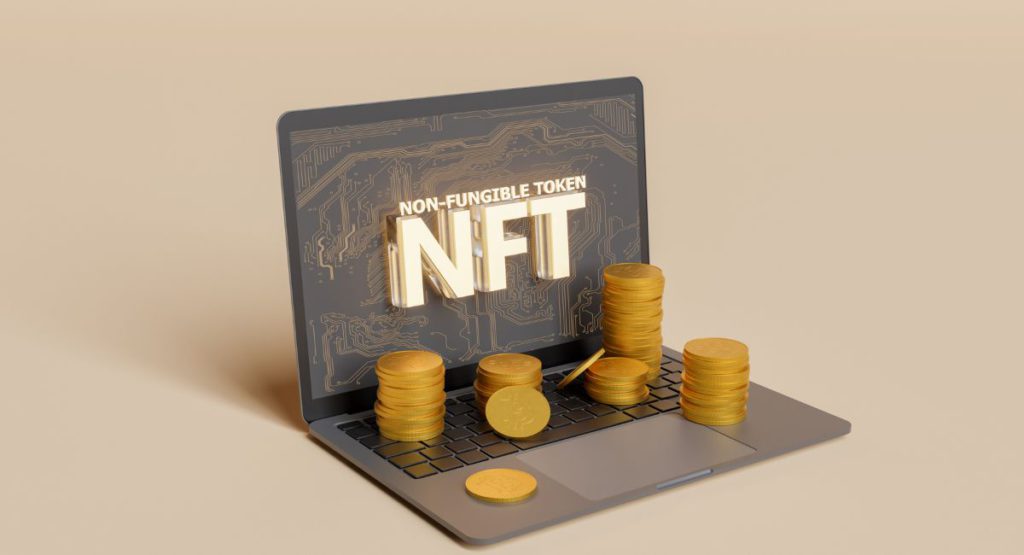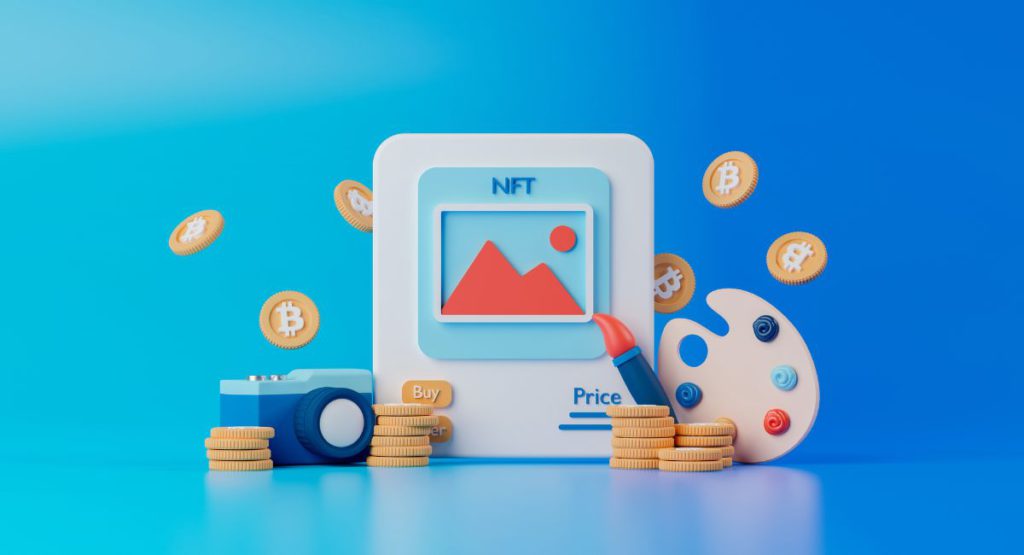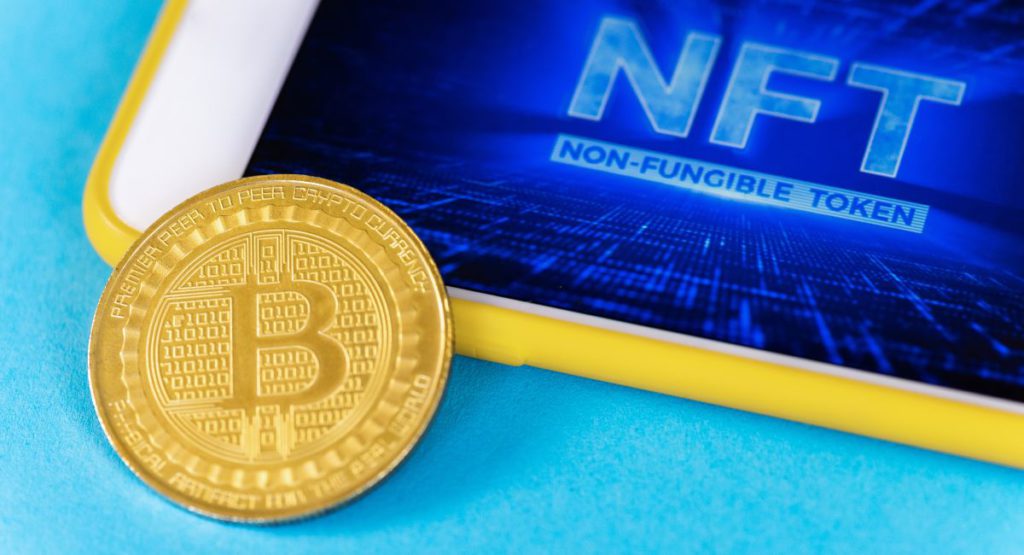Creating NFTs for Social Impact: How Nonprofits Are Leveraging Blockchain Technology

In recent years, blockchain technology has gained widespread attention for its potential to revolutionize a wide range of industries, from finance to healthcare to supply chain management. However, one of blockchain technology’s most exciting and potentially transformative applications is its ability to support social impact initiatives and nonprofit organizations. Nonprofits are increasingly turning to blockchain technology to create unique, innovative fundraising strategies that can help them achieve their mission and make a difference in the world. One of the most promising areas of blockchain technology for nonprofits is creating NFTs for social impact.
What are NFTs?

NFTs are digital assets that are stored on a blockchain, which is a decentralized and distributed digital ledger that records transactions in a secure and transparent manner. Unlike traditional cryptocurrencies like Bitcoin, which are fungible (meaning that one unit is interchangeable with another), NFTs are non-fungible, which means that each NFT is unique and cannot be exchanged for another NFT. This makes NFTs an ideal way to represent ownership of digital assets, such as artwork, music, and other forms of creative content.
OMG! Just what I 💜 SEEING!!
Ppl without age barriers creating for #Web3!Just done delivering a 1.5 hour talk on creating Social Impact #NFTs to students of #nftcreationlab by @metaviworld.
Brilliant questions from some of the brightest sparks in Singapore. Thanks Zech David! pic.twitter.com/n7lflrQdC9
— Dragonis.eth 🍄 • Web3 • Content Strategy 🧬 (@dragonis_eth) September 12, 2022
Creating NFTs for Social Impact

Nonprofits are increasingly turning to NFTs as a way to create unique and innovative fundraising strategies that can support their mission and make a difference in the world. There are several ways that nonprofits can create NFTs for social impact:
- Tokenizing Donations: One way that nonprofits can leverage blockchain technology and NFTs is by tokenizing donations. This involves creating NFTs that represent donations to a nonprofit, which can be sold or traded on a blockchain marketplace. This allows donors to not only support a nonprofit’s mission, but also to potentially receive a return on their investment if the value of the NFT increases over time.
- Creating Unique Digital Art: Nonprofits can also create unique digital art and other forms of creative content that can be tokenized as NFTs. This allows nonprofits to tap into the growing market for NFTs and to potentially generate revenue that can support their mission. Additionally, creating NFTs can help to raise awareness about a nonprofit’s mission and to engage new audiences in their work.
- Providing Access to Exclusive Experiences: Nonprofits can also use NFTs to provide access to exclusive experiences, such as backstage passes to concerts or VIP access to events. By creating NFTs that represent these experiences, nonprofits can generate revenue and engage supporters in their work in a new and innovative way.
- Establishing Digital Ownership Rights: Nonprofits can also leverage NFTs to establish digital ownership rights for creative content, such as artwork or music. By creating NFTs representing ownership of these assets, nonprofits can ensure they receive proper credit and compensation for their work.
A significant portion of proceeds from the sales of this issue’s NFTs will directly benefit WRRAP, a non-partisan, nonprofit organization assisting women who are financially unable to pay for safe, legal abortions or emergency contraceptives.
— NiftyLit (@NiftyLitMag) June 16, 2022
Benefits of NFTs for Nonprofits

There are several benefits of using NFTs for social impact initiatives and nonprofit organizations:
- Increased Transparency and Accountability: Because blockchain technology is decentralized and transparent, NFTs can provide increased transparency and accountability for nonprofits. Donors can see exactly how their donations are being used, and nonprofits can track the distribution of their NFTs in real-time.
- New Revenue Streams: NFTs can provide a new revenue stream for nonprofits, which can help to diversify their funding sources and reduce their reliance on traditional fundraising methods.
- Increased Engagement and Awareness: Creating NFTs can help to engage new audiences in a nonprofit’s mission and to raise awareness about their work. By leveraging blockchain technology and NFTs, nonprofits can reach a new and diverse audience of supporters.
- Unique Fundraising Strategies: The use of NFTs can provide nonprofits with unique fundraising strategies that differ from traditional methods of fundraising. NFTs are unique and digital assets that can be created to represent a variety of different things, such as artwork, collectibles, or even social impact projects. Nonprofits can create NFTs that represent their social impact projects, and sell them to interested parties, providing a new and innovative way to raise funds.
Can creating NFTs be done for free?

Creating NFTs (Non-Fungible Tokens) typically involves certain costs, but it’s possible to minimize or eliminate some expenses depending on the approach you take. Here’s a detailed breakdown:
1. Artistic Creation:
- Cost: This is the creation of the digital artwork or content that you intend to tokenize. The cost here depends on the tools you use, whether you hire a designer, or if you create the content yourself.
- Free Option: If you have the skills, you can create your own digital art for free using graphic design software or even free online tools.
2. NFT Minting Platforms:
- Cost: Minting is the process of turning your digital file into an NFT on a blockchain. Many popular platforms charge a fee for minting NFTs. Ethereum-based platforms, in particular, can have high gas fees.
- Free Option: Some platforms offer free minting or have lower fees. Additionally, newer blockchains and Layer 2 solutions may provide more cost-effective options for minting.
3. Blockchain Gas Fees:
- Cost: On Ethereum, the gas fees for transactions can be substantial, especially during peak times. This cost is associated with the computational resources required to process and validate transactions on the blockchain.
- Free Option: Choosing a blockchain with lower fees or using Layer 2 solutions can help reduce or eliminate these costs. Some platforms may also offer occasional fee discounts.
4. NFT Marketplaces:
- Cost: Listing your NFTs on popular marketplaces usually involves fees. Marketplaces typically charge a percentage of the sale, and this can vary.
- Free Option: Some newer or niche marketplaces may offer free listings or lower fees to attract creators.
5. Promotion and Marketing:
- Cost: Promoting your NFTs to gain visibility may involve costs for marketing materials, social media promotion, or collaborations.
- Free Option: You can leverage social media, forums, and other online platforms to promote your NFTs for free. Building a community around your work can also be a powerful way to gain attention.
6. Smart Contract Development:
- Cost: If you are creating a custom smart contract for your NFTs, there might be development costs associated with hiring a blockchain developer.
- Free Option: Some platforms provide templates or tools for creating NFT smart contracts without needing extensive coding knowledge.
7. Storage Costs:
- Cost: Storing large digital files associated with your NFTs may involve costs, especially if you use decentralized storage solutions.
- Free Option: You can explore more cost-effective storage options or compress your files to reduce storage costs.
8. Legal and Licensing:
- Cost: Seeking legal advice for licensing your NFTs or ensuring that you have the right to tokenize certain content may involve legal fees.
- Free Option: You can educate yourself on licensing terms and use standardized agreements, but legal advice is often recommended for more complex situations.
In summary, while there are costs associated with creating and minting NFTs, there are ways to minimize these expenses by leveraging free tools, exploring alternative blockchains, and choosing platforms with lower fees. It’s important to carefully consider the trade-offs between cost and visibility when navigating the NFT space.
Conclusion:
Nonprofits have always been at the forefront of creating social impact, and the use of blockchain technology and NFTs is only the latest example of their innovative spirit. By leveraging blockchain technology and creating NFTs for social impact, nonprofits can create unique and innovative fundraising strategies that engage new audiences and provide new revenue streams to support their mission.
However, it is important to note that there are also challenges associated with creating NFTs for social impact, such as the need to balance financial returns with social impact goals and the potential for scams and fraud in the NFT marketplace. Nonprofits must carefully consider these challenges and ensure that they are creating NFTs that align with their mission and values.
Despite these challenges, the potential for NFTs to support social impact initiatives is enormous. As more nonprofits explore the possibilities of blockchain technology and NFTs, we can expect to see an increasing number of innovative and impactful use cases emerging.
In summary, creating NFTs for social impact is an exciting and transformative application of blockchain technology. By leveraging the unique properties of NFTs, nonprofits can create new revenue streams, engage new audiences, and create innovative fundraising strategies that support their mission and make a difference in the world. As the use of blockchain technology continues to grow and evolve, we can expect to see even more exciting opportunities for social impact emerge in the years to come.



























































